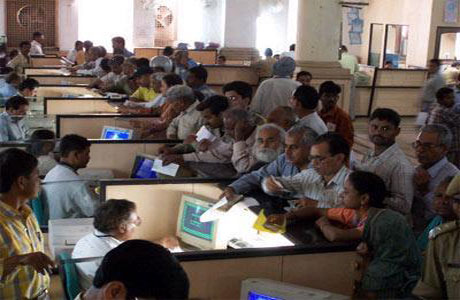India’s services exports are expected to more than triple by 2030, raising India’s share in global services exports to 4%. Though the rapid double-digit growth rates of 2001-08 are not likely to resume, services exports are forecast to grow at a healthy pace of 8-9% annually over the next 15 years, HSBC has said.
In a report on India trade, HSBC said that while the US and China will remain India’s dominant export partners, “we anticipate a shift in favour of emerging markets. In the near term, exports to Turkey are likely to rise at a strong pace, driven by rising demand for financial and transport services exports. But over a longer horizon,services exports to East Asia are expected to gather pace, with Indonesia and China leading the way.”
ICT services are likely to remain the mainstay of India’s services exports and their share in global ICT services exports is forecast to rise slightly to 18% by 2030 from 17% currently. Other business services, including finance, as well as transport services exports are other sectors where growth is expected to be resilient, with growth in construction services also picking up gradually in the long term.
Although the share of tourism falls over the forecast period, India will still benefit from the rising global travelling class and new trends like medical tourism. As such, continued outsourcing of support services to low-cost providers, technological advances and recovering goods trade are the key drivers that would support these trends in India’s services export growth.
Lastly, trade barriers are as much applicable to services exports as to goods exports. In fact, trade barriers to services are often costlier than those for goods. Despite India’s impressive performance in exports of services, the OECD estimates that it has one of the highest barriers to trade in the world. Thus, India would clearly stand to gain from trade liberalisation over the coming years, said the report.
While India is party to many bilateral trade agreements, it has steered clear of the Trade in Services Agreement and the Trans-Pacific Partnership. But it is party to the Regional Comprehensive Economic Partnership, which is under negotiation between the ASEAN countries and the six economies with which ASEAN has existing trade agreements. As such, the accord has the potential to liberalise trade in services across much of the Asian continent and could bring significant benefits for Indian services exports.















Add Comment